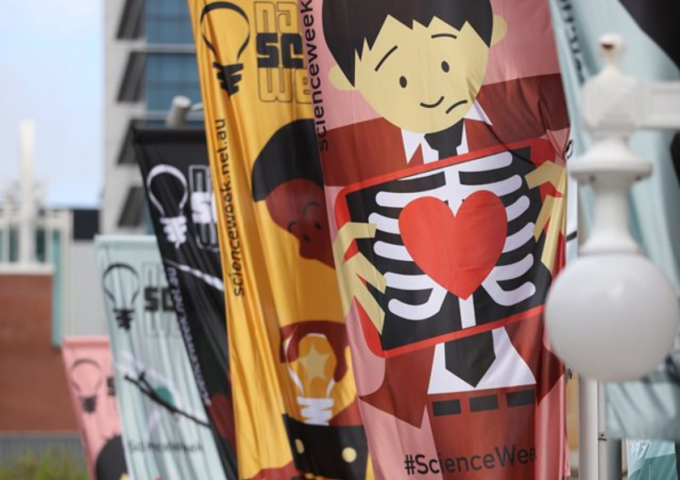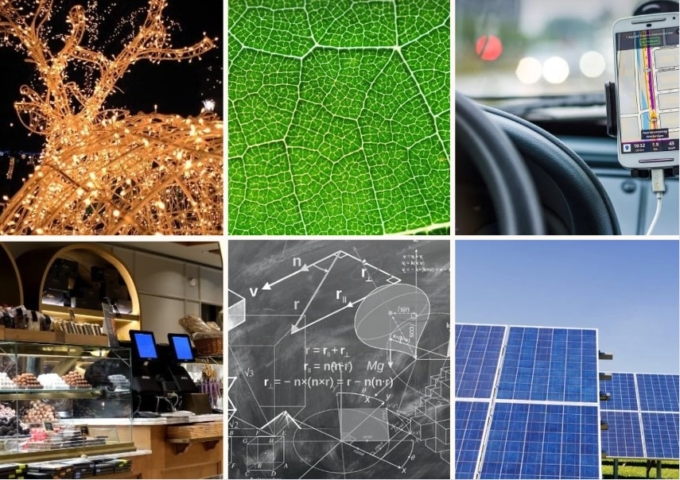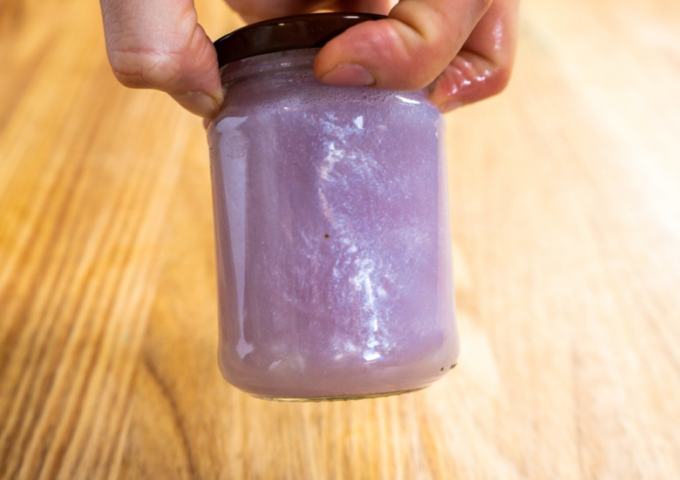- local
The Martian Garden
- - (AEST)
-
Scienceworks
2 Booker Street, Spotswood VIC 3015, Australia

In the next 30 years, missions to the Moon and Mars will explore habitation in new and extreme environments.
The Martian Garden will explore how we can create sustainable new ecosystems off-world. Discover how we select and adapt plant species to survive and thrive. Learn how we're guiding novel approaches to sustainable ecosystems on Earth.
Uncover the challenges and innovative solutions for growing plants in extreme environments. Find out how we can provide a nutritious, varied food supply to sustain the physical and mental well-being of people living off-world.
In this immersive experience, we'll guide you through the "research" stations:
- Station 1 - Space Garden: Investigate a plant growth cabinet like those on the International Space Station! Learn about the plant needs, and how these impact the survival of different species.
- Station 2 - Space Plants: Explore a range of space crops including duckweed, microgreens, tomato, strawberry and chili. See the advanced tools we use to measure fruit ripeness and chemistry and select those best suited for nutrition in space.
- Station 3 - Space Robots: Code 'plant bots' to harvest fruit and leaves from plants! Have a go driving the robots and compete against the challenges of the Mars habitat to deliver food to the astronaut base.
- Station 4 - Space Food: Consider what makes a good food product! Explore taste, appearance, texture, nutrition, culture and sustainability. Build a design for the future food for Space and Earth.
This event is part of a larger National Science Week programming through the ARC Centre of Excellence in Plants for Space (P4S). Similar events are being toured and hosted in rural and regions in Victoria including Shepparton, Albury-Wodonga, and Bendigo. and across Australia in South Australia, and Western Australia.
This project was made possible by funding from the Australian Government as part of National Science Week.






